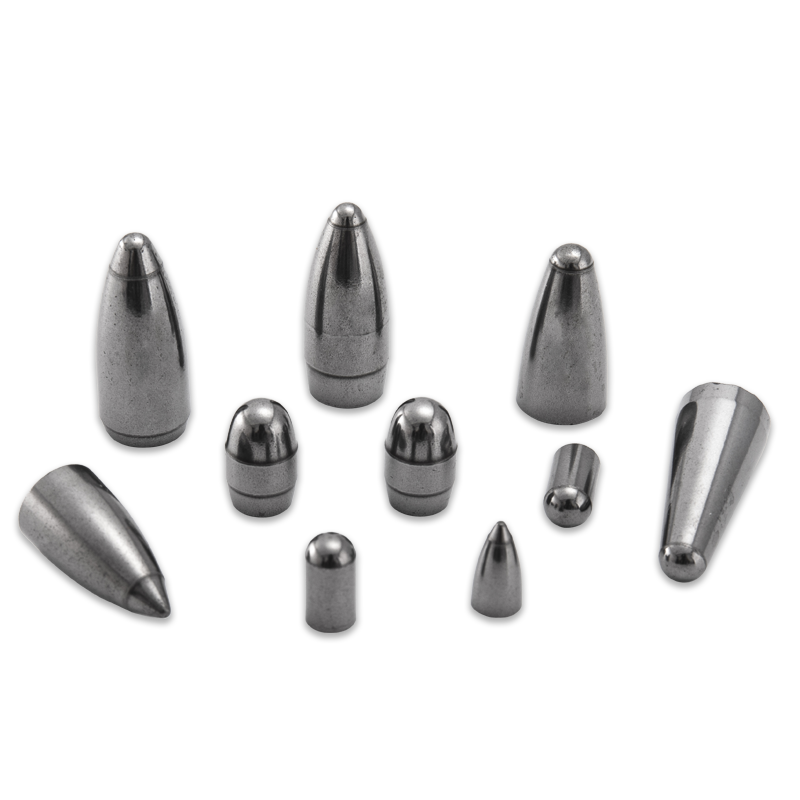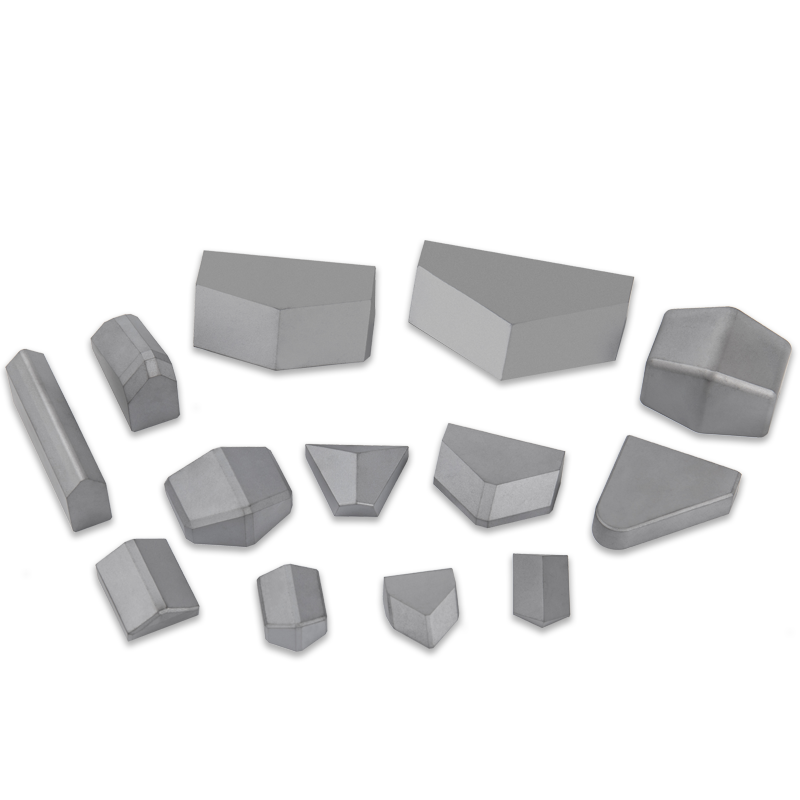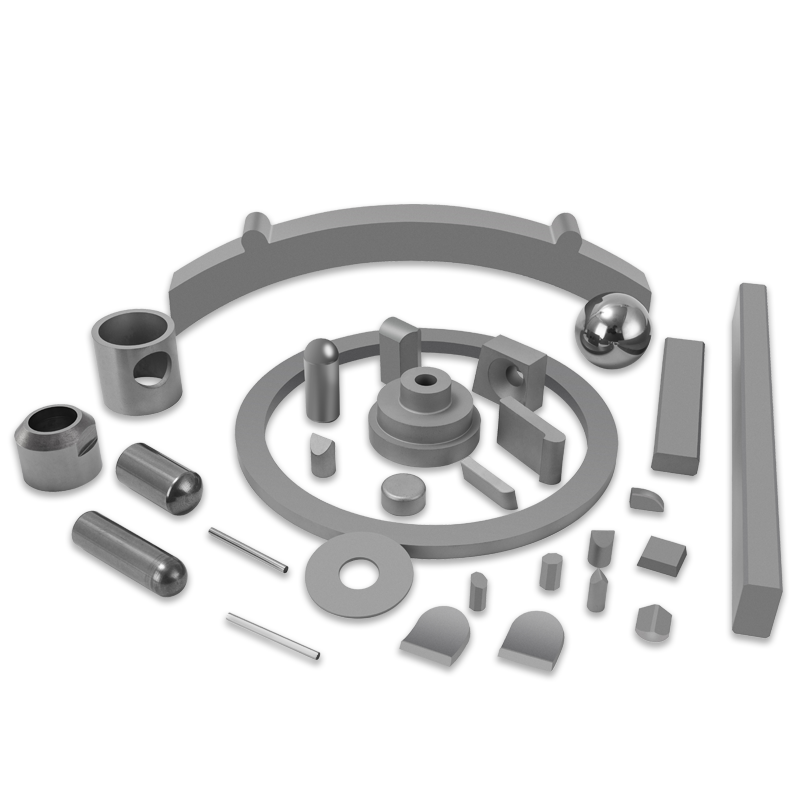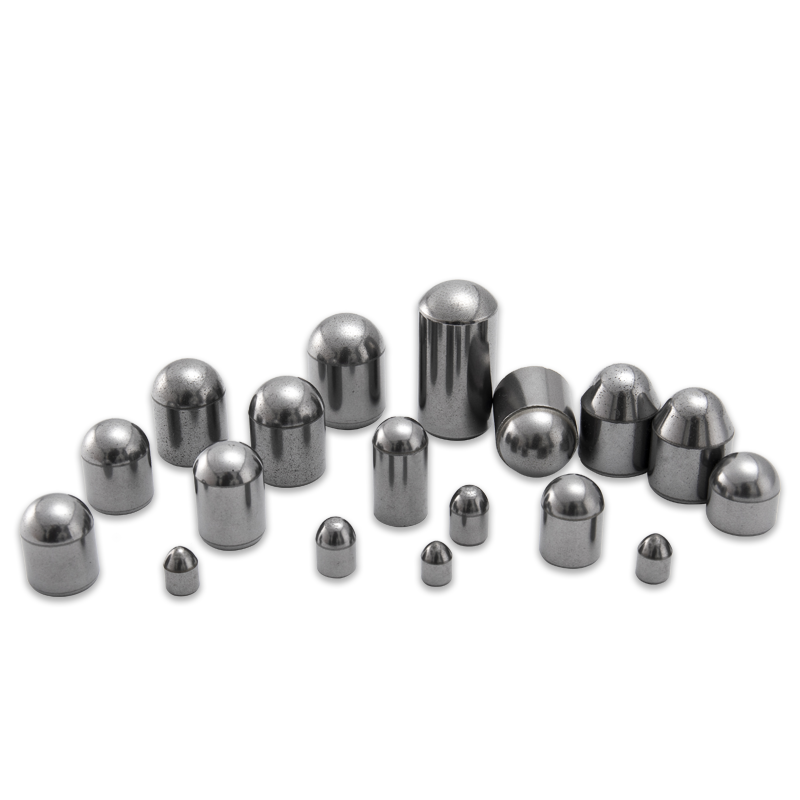What is a tungsten carbide cutting blade used for?
Industry News-Tungsten carbide cutting blades are indispensable tools across numerous industries due to their exceptional hardness, wear resistance, and ability to maintain a sharp edge at high temperatures. These properties stem from their composition: a composite material (often referred to as simply "carbide") primarily consisting of tungsten carbide (WC) particles bonded together by a metallic binder, typically cobalt (Co).
Key Properties That Make Tungsten Carbide Stand Out
Extreme Hardness: Tungsten carbide is one of the hardest materials known, approaching that of diamond. This allows the blades to cut through very tough materials without deforming or dulling quickly.
High Wear Resistance: Their inherent toughness makes them highly resistant to abrasion, even when subjected to continuous friction and high-speed cutting. This translates to a longer tool life compared to traditional steel blades.
Heat Resistance: Unlike high-speed steel, tungsten carbide retains its hardness and cutting-edge integrity even at the high temperatures generated during aggressive cutting operations. This "hot hardness" is crucial for high-production environments.
Stiffness and Rigidity: The high Young's modulus of tungsten carbide means the blades are very stiff and resist deflection, leading to more precise cuts and better surface finishes.
Common Applications of Tungsten Carbide Cutting Blades
Tungsten carbide cutting blades are utilized in a vast array of applications where precision, durability, and efficiency are paramount.
1. Metalworking and Machining
This is perhaps the most prominent application. Tungsten carbide inserts and tools are standard in:
Milling: Used for machining flat surfaces, slots, and complex contours on various metals, including steel, stainless steel, cast iron, and exotic alloys.
Turning: Employed in lathes to remove material from rotating workpieces, creating cylindrical or conical shapes.
Drilling: Carbide-tipped drills are used for creating holes in hard materials that would quickly wear down high-speed steel drills.
Reaming: For finishing previously drilled holes to precise dimensions and surface finishes.
Boring: Enlarging or refining existing holes.
2. Woodworking
Carbide blades have revolutionized woodworking, offering cleaner cuts and significantly longer life than steel blades, especially when working with abrasive materials like MDF, particleboard, and hardwoods.
Saw Blades: Circular saw blades, miter saw blades, and table saw blades often feature carbide tips for superior performance and longevity.
Router Bits: Carbide-tipped router bits are essential for shaping edges, cutting dados, and routing intricate designs.
Planer and Jointer Knives: For surfacing and straightening wood, carbide inserts provide excellent durability.
3. Construction and Mining
The robustness of tungsten carbide makes it ideal for heavy-duty applications.
Rock Drilling: Drill bits for mining, tunneling, and construction often have large tungsten carbide inserts to break through hard rock.
Road Milling: Inserts on road milling machines are used to grind down asphalt and concrete surfaces.
Concrete and Masonry Cutting: Blades for cutting concrete, brick, and block often incorporate carbide segments.
4. Plastics, Composites, and Other Materials
As new materials emerge, the demand for specialized cutting tools increases, and tungsten carbide frequently fills this need.
Fiberglass and Carbon Fiber: These abrasive composite materials quickly dull steel, making carbide blades indispensable for their fabrication.
Circuit Board Manufacturing: Precision routing and drilling of PCBs (Printed Circuit Boards) often utilize very fine carbide tools.
Recycling and Shredding: Large, robust carbide knives are used in industrial shredders to break down various waste materials, including plastics, tires, and even metal scrap.
5. Paper and Packaging
For high-volume cutting of paper, cardboard, and other packaging materials, carbide blades offer the longevity needed for continuous operation.
Slitting and Rewinding: Used in machines that cut large rolls of material into narrower ones.
Guillotine Cutters: For precise cutting of large stacks of paper or cardboard.
Conclusion
Tungsten carbide cutting blades are a testament to advanced material science, providing unparalleled performance in demanding cutting environments. Their exceptional hardness, wear resistance, and thermal stability make them the material of choice for a vast array of industrial applications, driving efficiency, precision, and extended tool life across manufacturing, construction, and beyond. As industries continue to innovate with harder and more abrasive materials, the role of tungsten carbide cutting technology will only become more critical.



 English
English русский
русский





